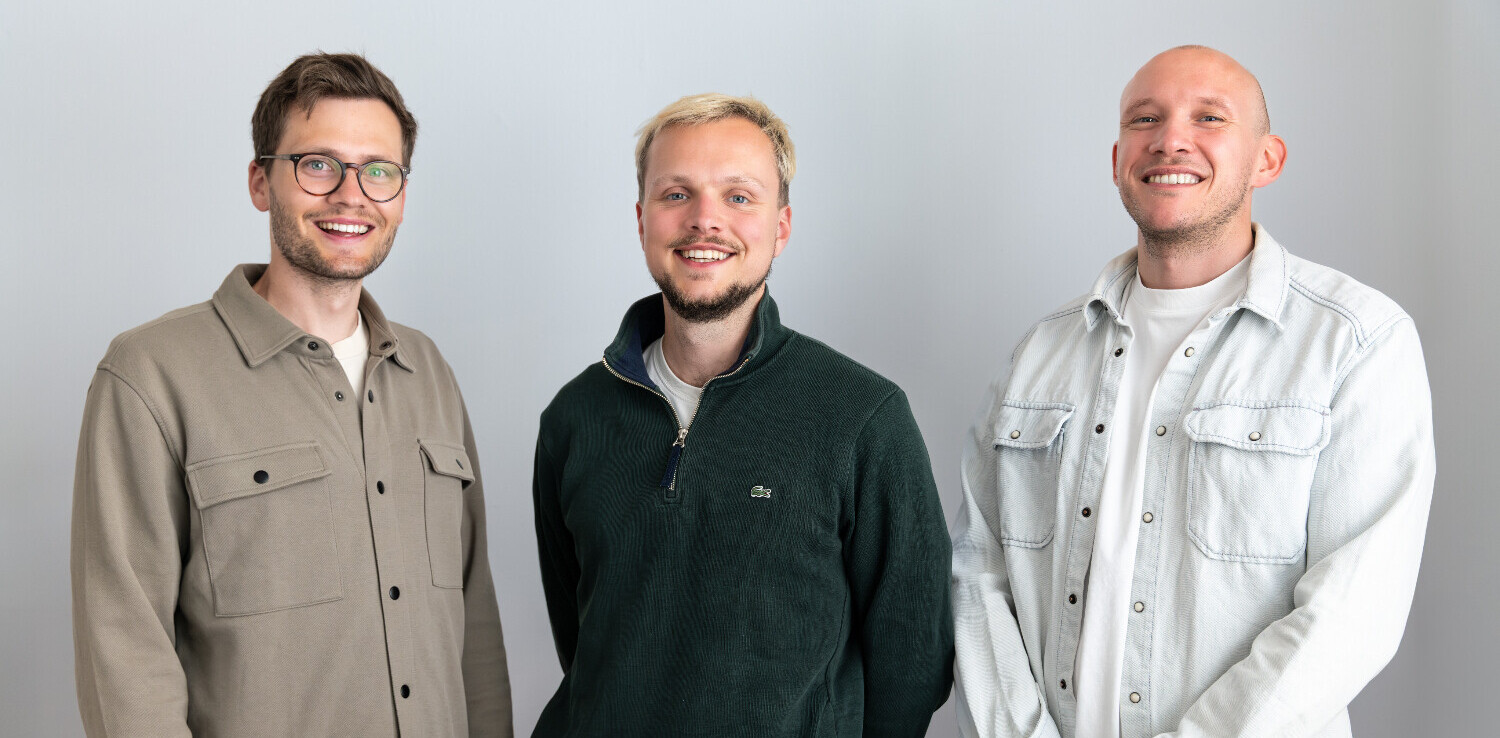
We will be live blogging today’s keynotes at Where 2.0 below. Please feel free to join the conversation:
More updates from the morning after the break.
Jones showing audience a video about a Google Street View camera bike being ridden around a zoo, “some of those animals will have their faces blurred out. Some of animals get blurred out because our face-recognition software thinks they look like people.”
Jones: “Google Maps is the second most used map service, and people using the Google Maps API are #1”
Jones: “Maps are important. As humans we understand our world through maps.”
Jones just showed the audience a Google Earth view of all soldiers that have been killed in Iraq, represented by people icons.
Now watching a very cool reenactment of the Apollo 11 landing on Google Earth, by Michael Jones of Google.
The Drone can fly for 15 minutes on a single battery charge, and it has a proximity sensor to slow it down when it gets close to an object.
AR Drone just took off, but wifi is a little rough, so it just crashed.
Was revealed at CES this year. It has a WiFi connection to iPhones, automatic hovering and trimming, motion control interface, live video streaming to the iPhone.
Now we’re about to see AR Drone Parrot flying around. It’s a remote control helicopter/spaceship looking gaming thing.
Vein: “It’s a new business model, but I’m not sure exactly what it is.”
Questions from the audience now.
Vein: “Ok, yes, we are working with corps and the federal government to build standards.”
O’Reilly: “Not one vendor, but reaching out to corps with standards.”
Vein: “We need to be careful about influence of corps in government. We can’t go with one vendor.”
O’Reilly: “There are small developers, but there are also large corps such as Microsoft. Should you be reaching out to them to solve issues all at once instead of city to city?”
Vein: “Absoultely. We have 55 individual offices in the city, so using a dashboard is great. We’re always looking for new ways to understand what’s going on. I would welcome all of you to help us understand our data.”
O’Reilly: “Let’s talk about this from the point of developers. I don’t think we’ve figured out the profit model here. I’ve been encouraging developers that these are two-sided apps – there is a public-facing side and then they can sell to the local government. Does that work? Is that useful to you?”
Vein: “This is difficult because of privacy.”
O’Reilly: “Talk more about health.”
Vein: “Roughly half of the data sets we’ve released are transportation related. The people living in the city actually see this problem. The second need is crime-focused apps. Visualization of crime. We’re trying to develop APIs for all government sectors, including health.”
O’Reilly: “Are there specific problems that you would like developers here at Where 2.0 to work on?”
Vein: “As we’re trying new things, we are developing new procedures on the fly…It’s working, kind of crowdsourcing all this.”
Vein: “We’ve released over a 100 data sets.” “We are letting other people work with the data, [because] we don’t have the money for or expertise to do it.”
Vein: “There is incredible data that we’re releasing, and we’re not really sure what’s going to happen.”
Tim O’Reilly now up on stage with Chris Vein, CTO of the City of San Francisco.
Bing can now extract information from a hyper-local blogs to determine that a location. “With this we can show on the map, for instance, restaurants that haven’t yet opened because bloggers are blogging about it.”
Aguera y Arcas now showing the crowd Bing’s Foursquare integration after showing off their side-on aerial imagery.
Get the TNW newsletter
Get the most important tech news in your inbox each week.




